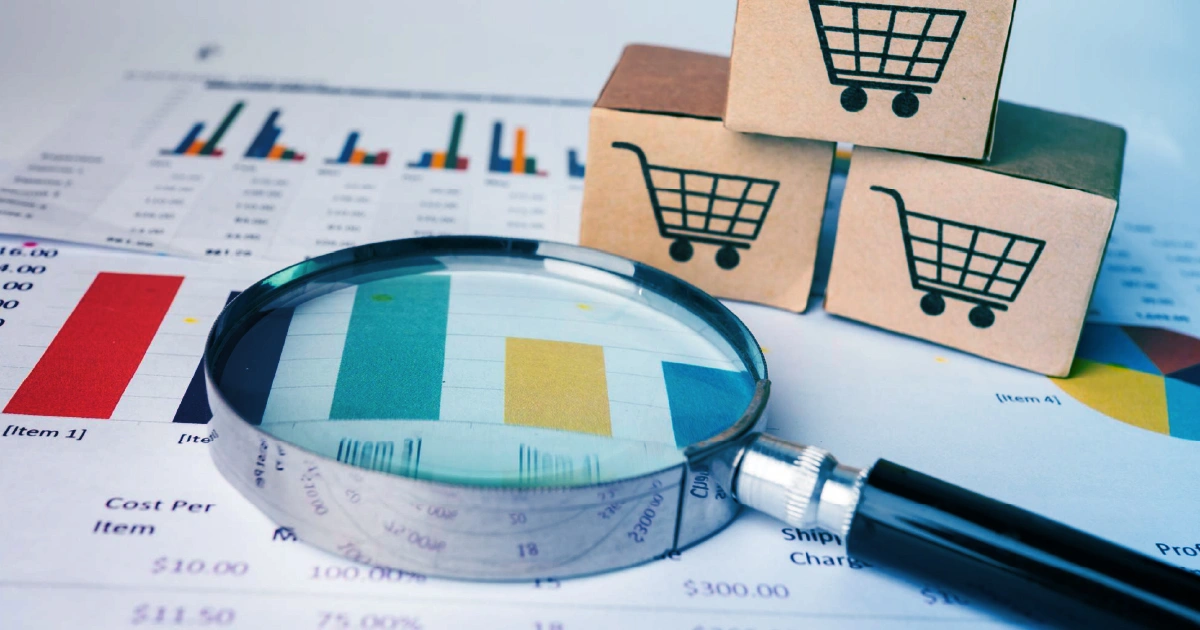
How to identify and stop running unprofitable retail promotions
As a retailer, you are constantly analyzing the products or categories you want to promote throughout the year that are based on your strategy or growth plan. However, the reality is that promotions are often selected based on vendor or supplier requests. This definitely benefits them, but it may not necessarily be in your best interest. In many instances, you run the same promotions year after year because they are “classics” or you run the same promotions that competitors run, even if they’re not profitable.
The vicious cycle of promote or die
Strong promotions will be critical in another year of cautious spending, channel shifting, private label purchasing and value messaging.
This means that retailers are more interested in increasing their market footprint or share than maximizing their profits. Such a strategy requires either expanding the market (selling to people who wouldn’t typically buy those products so that the market increases for all parties involved) or taking customers from your competition. Usually, it is the latter.
I believe this is an aggressive pricing strategy because, in order to increase sales, prices have to go down. How far down those prices go depends on stock levels and your company’s pricing policies (i.e., margin > 5%), etc. The most common way to increase market share is via promotions because they increase demand by bundling or discounting products coupled with marketing exposure.
Since consumers are cautious in their spending, they look for promotions when buying specific products. Retailers like you know this and run back-to-back promotions to hopefully gain foot traffic, leading to increased sales of non-promotional products. This means you’re constantly running promotions, even if they are not profitable or you don’t know whether they are profitable. It’s become a vicious cycle of promote or die.
Constant promotions change consumer behavior
Constant promotions impact the behavior of consumers in different ways:
- Consumers expect promotions and will stock up to take advantage of them (known as pull-forward), but those are considered lost sales from “future” non-promotional prices.
- They stop trusting retailers that change prices all the time. If I buy a product at $10 and see it at $5 the following week, I will not feel good about it. High-low price strategies can erode the price perception and reputation of your brand.
- Promotions change the price anchor of consumers. If I see a product on sale for $5 on several occasions, I will never accept paying $8 for it. My price anchor for that product is effectively lowered by the promotions.
The cautionary takeaway from this is that recurring promotions can erode margins because it can become difficult for brands to sell their products outside of promotions or without funding from you.
Analyze the promotion to discover the why
It is VERY important to understand WHY a promotion was successful or not. You can do this with a promotional calendar organized by category and populated with figures and KPIs to fully analyze your promotion as it runs. This automated data will give you the actionable insights needed to stop recurring promotions that are not successful or profitable. In addition, the system can help optimize your promotional planning with vendors and suppliers to maximize profitability.
To obtain an accurate ROI, you need the ability to plan, forecast, analyze and amend. Retailers who plan their promotions based on data will have a better chance of correcting or changing course. The more complex a retailer’s environment is, the more the retailer will benefit from investing in advanced analytics capabilities.
When your promotional decisions are data-driven, you receive these 5 benefits:
- Strategic Alignment: Promotion planning helps align promotional objectives with the organization's overall marketing strategy and the company’s mission, values and goals.
- Resource Optimization: Promotion planning helps allocate resources more efficiently. Companies can optimize their resources by thoughtfully planning and budgeting for a campaign to achieve maximum impact.
- Improved Promotion Effectiveness: With careful planning, promotions can be more effective, ultimately boosting customer loyalty and profitability.
- Increased Sales: Promotions are a proven way to increase top-line sales.
- Competitive Edge: Running evidence-based promotions can create a competitive edge in the market.
Are you ready to turn data into insights? By embracing automation and analytics, you gain the ability to analyze a promotion before it goes live (using sales forecast and uplift analysis), validate the performance while it’s running (using POS data to calculate revenue and margins) and then afterward understand the promotional cost vs demand/revenue/margin to decide whether to run it again in the future.

